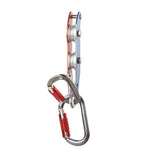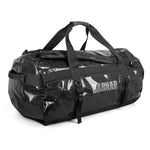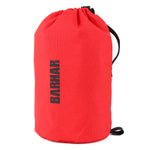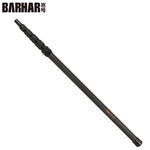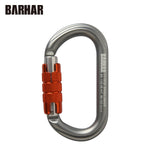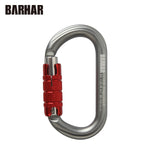You have no items in your shopping cart.


The blockbuster exchange competition most concerned by China's rescue and fire protection circles will be presented to the world again!
And where did the name Grimpday come from?
Why did Grimpday quickly grow into a rescue 'Olympic'?
Here, the editor invites the founders of the event to share Grimpday's present and past lives for us!
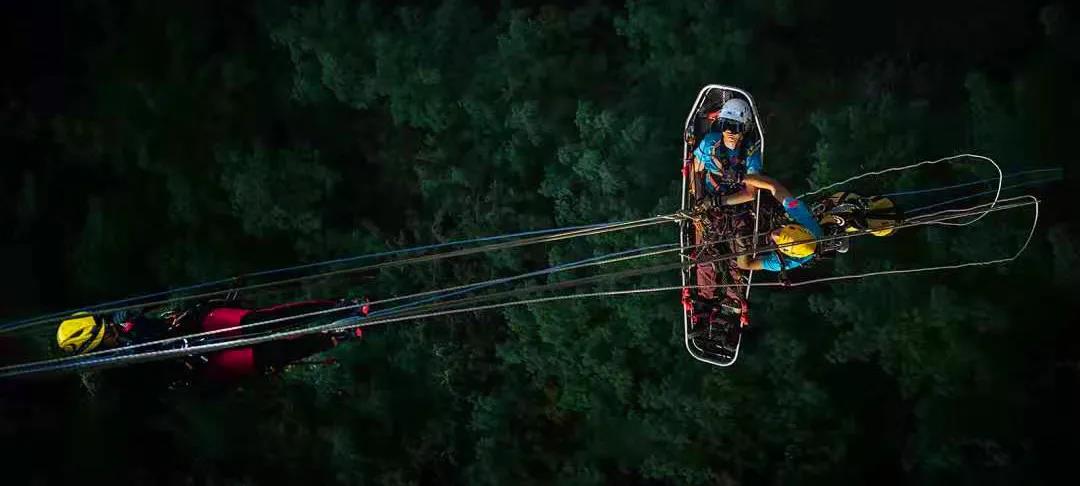
foreword
It is the acronym for Groupe de Reconnaissance et d’Intervention Milieu Périlleux (it comes from France), Group of recognition and intervention in hazardous environment.
它是“识别和干预危险环境工作小组”的首字母缩写:Groupe de Reconnaissance et d’Intervention Milieu Périlleux (源于法语)。
GRIMPDAY is a concept not a commercial brand, there is no Mr. Grimpday, the men change the concept stays. There has already been at least 3 different organisation teams. It is tiring, time consuming but rewarding!
GRIMPDAY是一个概念,不是一个商业品牌,也没有一个叫GRIMPDAY的人,但存在改变这个概念的人。目前我们已经有至少3个不同的组织团队。这很累也很费时间,但很值得!

1. Situation before Grimpday. Grimpday诞生之前
在2006年,那慕尔的消防队员都由市政府管理。关于绳索救援,我们处于两个不同的领域:一是工业领域的在绳索技术(IRATA),二是军队领域使用特定绳索技术。对此,我们必须找到适合消防员救援使用的技术。而每个消防站都在采用最适合自己的技术进行工作。
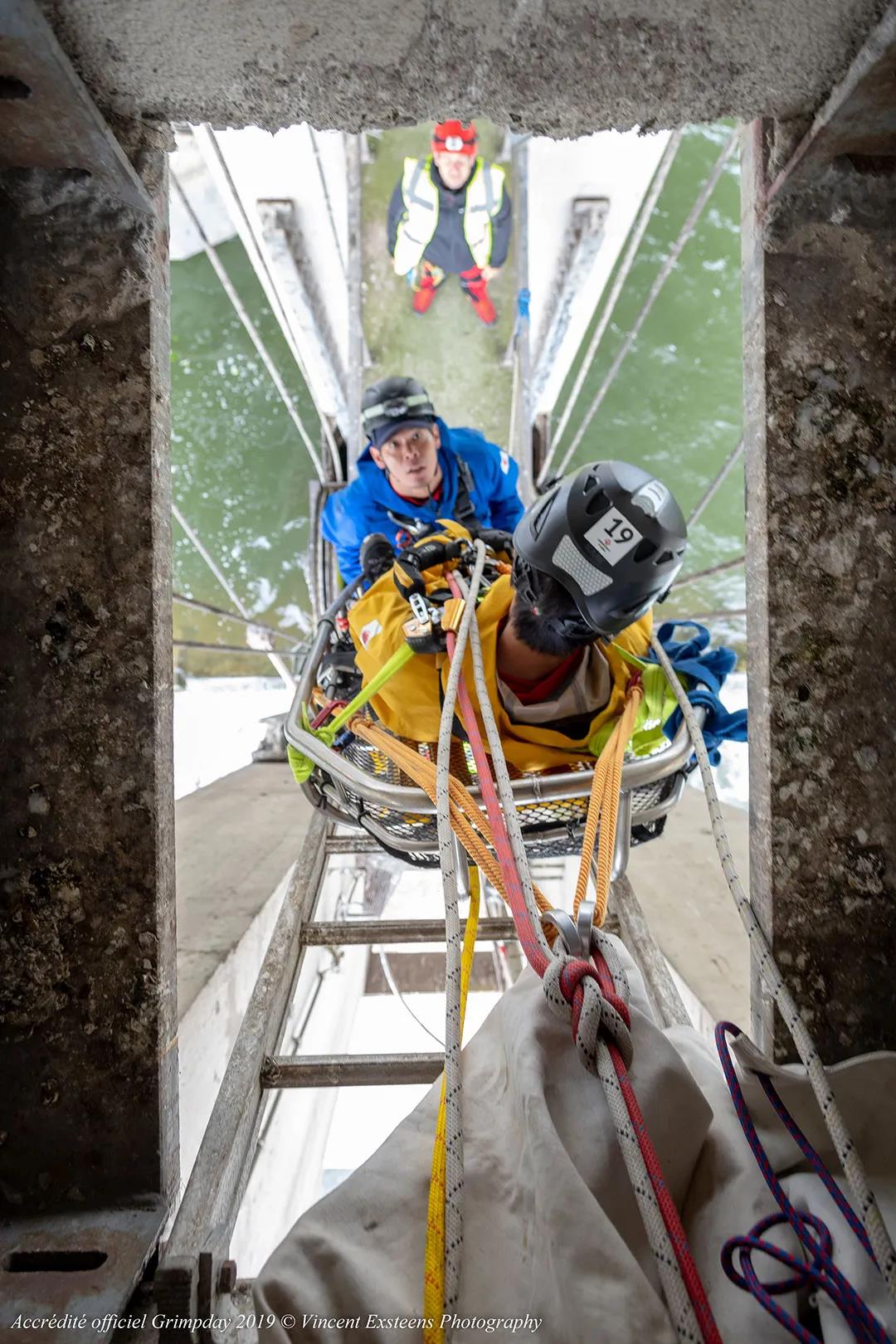
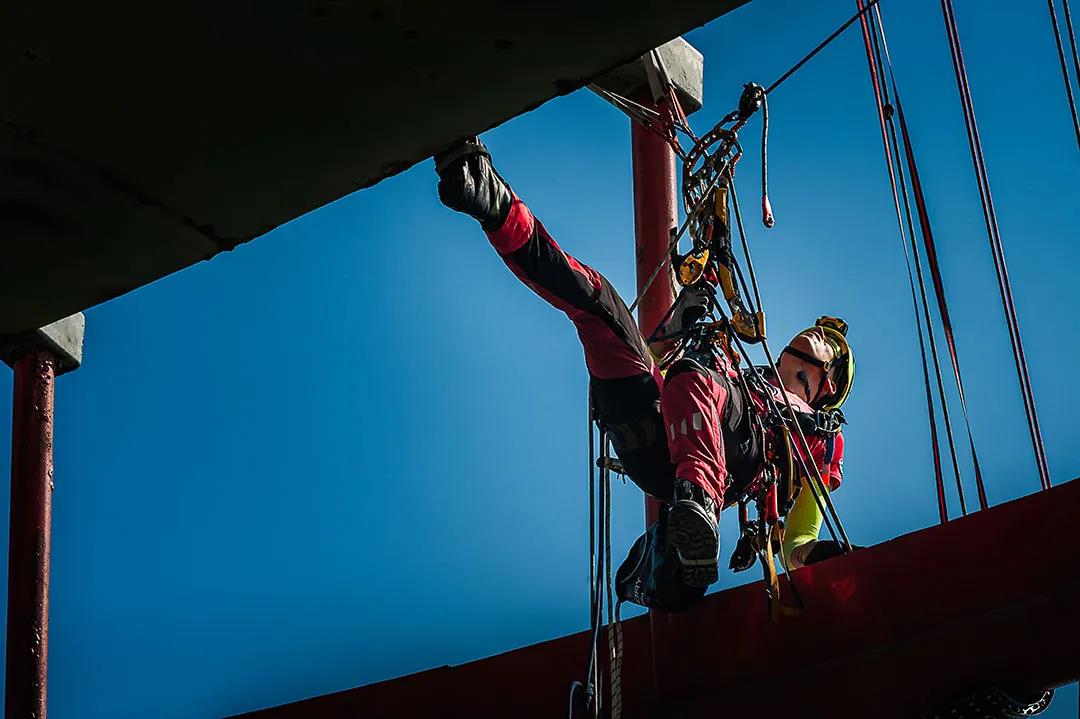
2. History 历史
In 2006 started as a local-national challenge between firefighters, military and police. There were 12 competing teams, only from Belgium. In 2007 that number rose to 15 with the first foreign teams, 2 Uks. In 2008 teams from close neighbor countries took part to the challenge (UK, France, Italy, Spain, Germany, ...)
2006年,Grimpday以一场在本国当地的消防员、军人和警察之间的挑战赛拉开序幕。当时只有来自比利时的12支参赛队伍。2007年,参赛队伍数量上升到15支,并且有了外国团队的加入——2支英国队伍。2008年,来自邻国(英国、法国、意大利、西班牙、德国……)的队伍参加了比赛。
In 2009 The number of participants grew to 30 with countries from all over Europe (Finland, Poland, Czechoslovakia, Slovenia, Romania ...) This went on with always growing success and the limitations of participants due to the difficulty of organisation.
2009年,来自欧洲各国(芬兰、波兰、捷克斯洛伐克、斯洛文尼亚、罗马尼亚……)的参赛队伍增至30支。赛事活动举办得越来越成功,但是也因为赛事组织的难度一直限制着参赛队伍的数量。
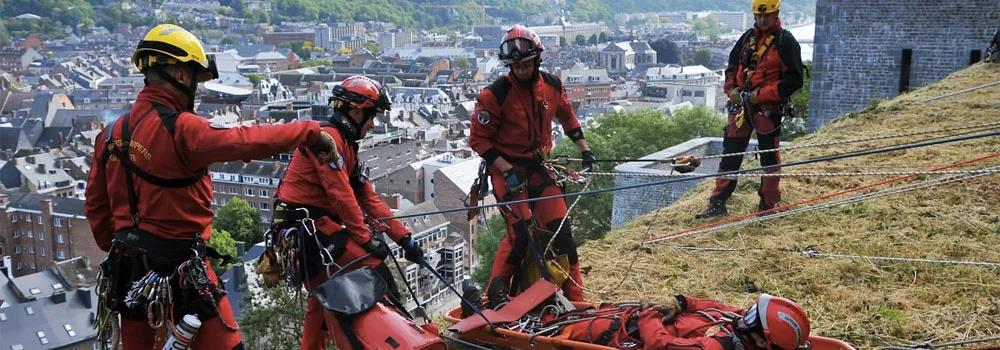
In 2013 The first overseas Teams with Canadians and Brazilians. In 2014 The first Asian Teams was from China, Hong Kong and Taiwan. In 2015 Japan was also represented and so it went on till this year.
2013年,我们迎来了加拿大和巴西的参赛队伍。2014年,首批亚洲队伍——来自中国香港、台湾的队伍参与了这项赛事。2015年,日本也开始派出队伍参赛并一直持续参赛到今年。
In 2022 it will be the 17th anniversary of the Grimpday!
2022年将是 Grimpday 成立17周年!

3. What to do ? 应该做什么?
How to ? A lot of work !
如何做?工作繁多!
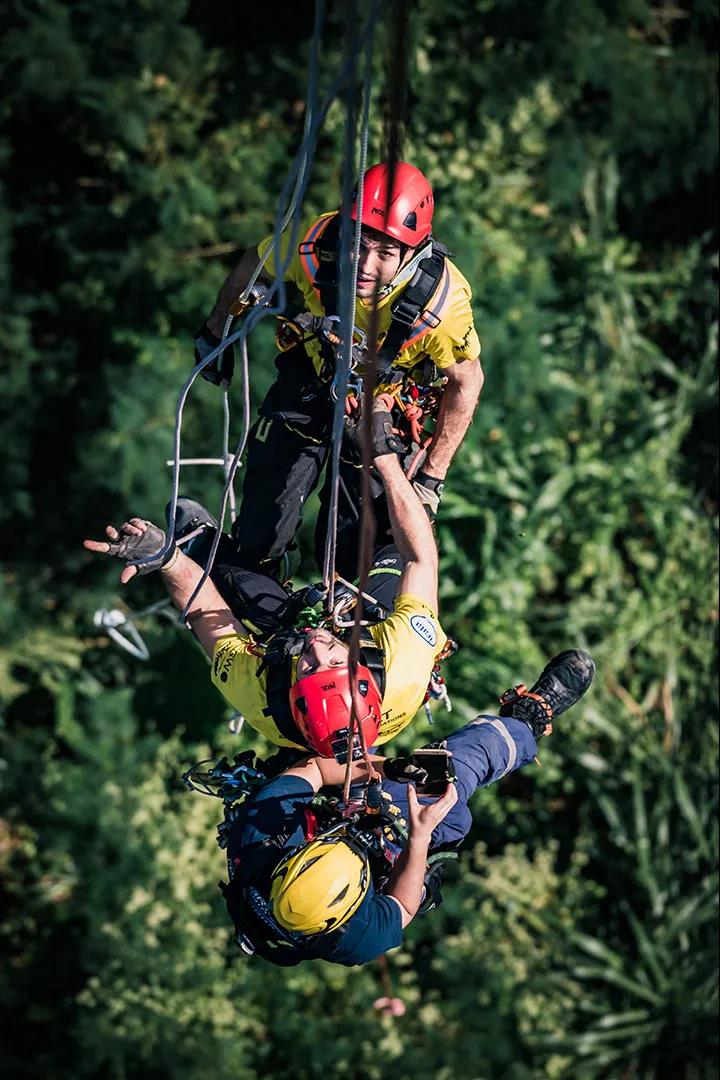
What type of scenarios, where to locate it.
Risk assessment, safety lines and material for the organisation to react in case of an incident.
Informing the emergency service of the event the locations.
Authorizations from owners, authorities to use different locations, buildings, monuments.
Testing the scenarios for timing, feasibility,
Enough room for multiple lanes. How many teams ?
Evaluation sheet
风险评估、安全线和组织方应对突发事故的物料。
知会紧急服务机构赛事地点。
获得各地点业主的授权使用场地,如建筑物,纪念碑。
测试场景的耗时长短、可行性
可容纳多条车道的空间。参赛队伍的数量?
评估表
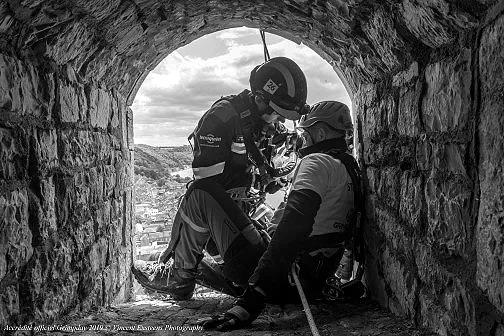
Controllers ; from the team mixed with another team, able to give points or not.
Freezing of the timing and crossed check from Team Leader, External controller and Station Director, before sending victim on the ropes.
评核员:对于混杂的队伍,如何评分
在将伤员挂上绳索之前,停止计时,领队、外部评核员和站长进行交叉检查。
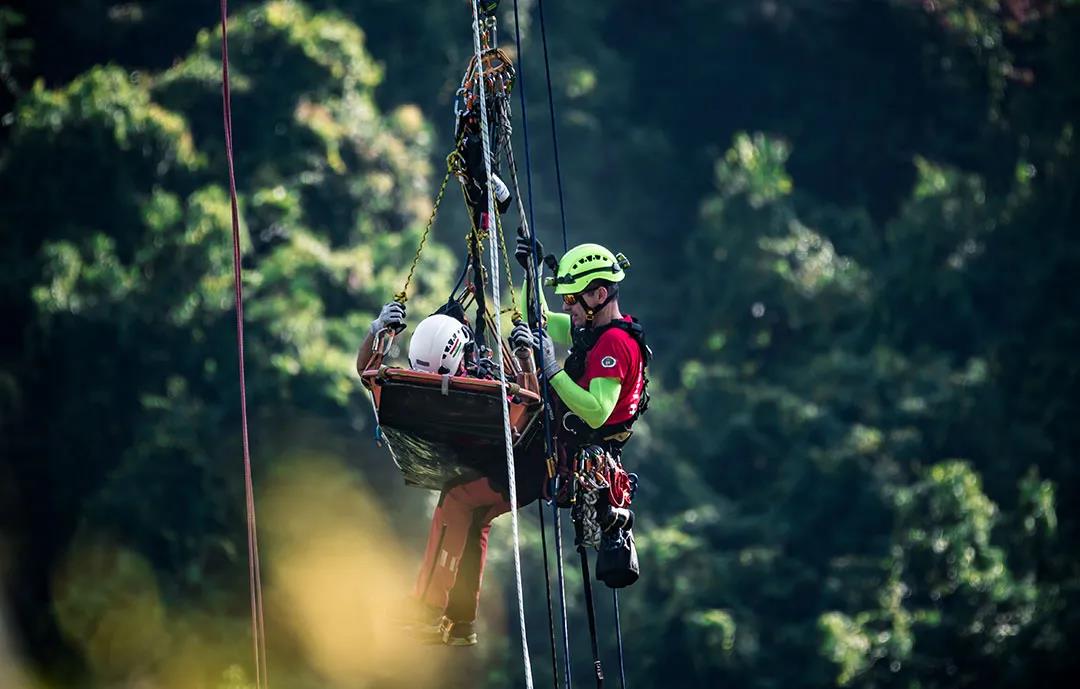
4. Rules : Safety is prevalent. 规则:安全为上
What is safe what is not ?
Limiting life hazard, always on 2 ropes, because 2 ropes is better than one.
We now use what we call « the whistle and scissors test »:
Whistle: at any given time at a whistle all the members of a team must loose their hands and should not lead to any fall.
Scissors: at any given time if we cut one of the ropes nobody should fall.
什么是安全的,什么是不安全的?
降低风险,采用双绳系统,因为双绳优于单绳。
我们现在采用的是《口哨和剪刀测试》
口哨:任何时候,只要一声哨响,队伍的所有队员都必须松开双手,松开后不应该出现下坠的情况。
剪刀:任何时候,我们剪断任何一根绳子,不会出现人员坠落的情况。
Fair play from the competitors is a must... no cheating (so many ways!).
Equity from the organization is a must (enough time to complete all stations, same difficulty level, same briefing, same control...)
参赛队伍竞争需要公平竞争,不能作弊(毕竟有这么多方法!)
组织机构会确保给参赛队伍公平的待遇(确保有足够的时间完成所有工作站,同样的难度,同样的简报,同样的控制……)。
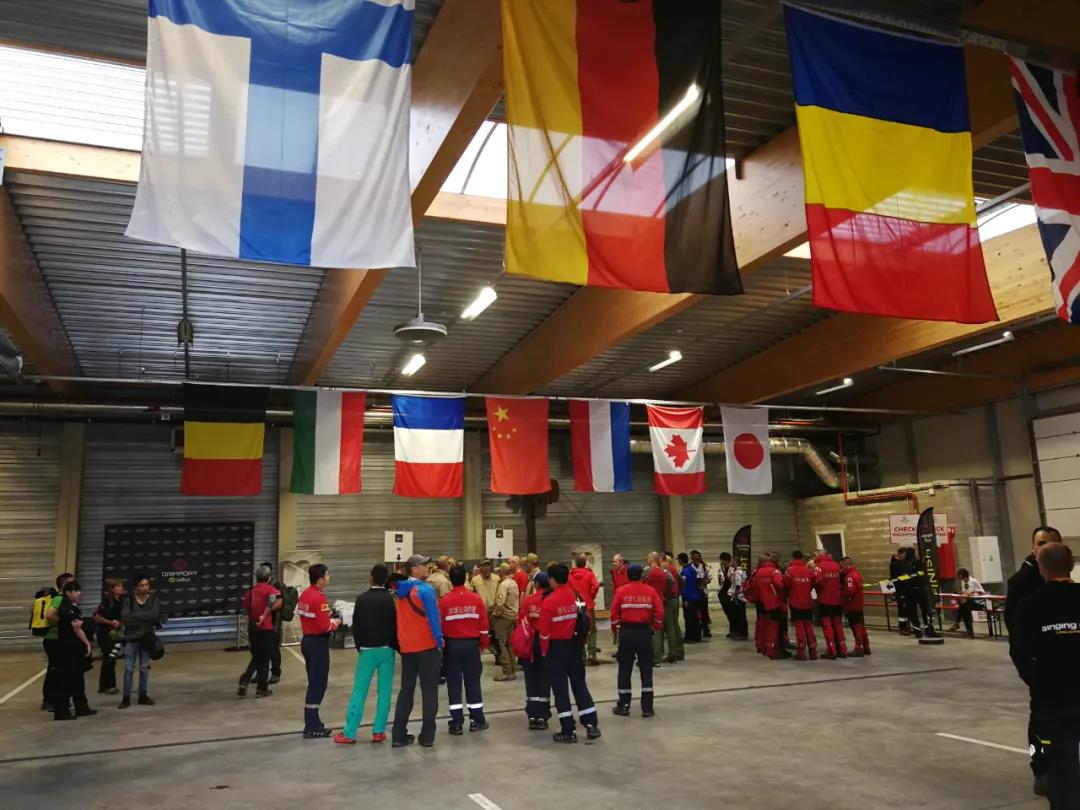
5. Gear evolution 装备变化
There is a new trend, the rope rescue is a new market for manufacturers. They create new specific gears. This continuous development, means we need to know as much gear as we can. As competitors or controllers, we are confronted to different types of gear and have to be able to know how to use it purposely. This is also very important in the organization of the Grimpday.
目前出现一种新的趋势,绳索救援(产品)成为制造业的新兴市场。制造商们创造了新款特有的设备。设备的不断更新意味着我们要不断地认识更多的设备。作为参赛者或者评核员,我们需要面对各种不同的设备和学会正确的使用方法。这对Grimpday组织来说也是很重要的一块。
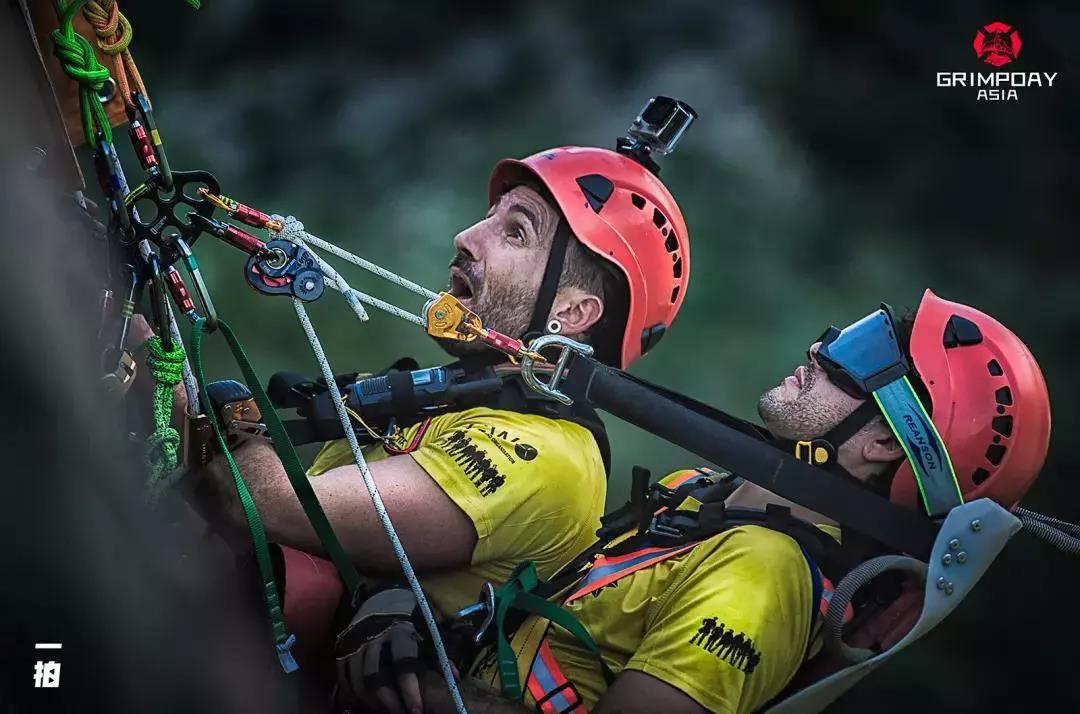
Using the right ropes (Japan) and gear that suit your course and work. This also means we need to trust our gear otherwise this lead to safety issues.
For example, a pulley must not be doubled (to counter an axis break), this is non sense and it leads to tricky and unclear fittings, which could lead to safety issues. The same for the carabiners, one is enough (no double needed).
A victim in a stretcher with a lanyard is ok, the stretcher is one point, the second one is the lanyard, there is no need for a second one.
使用符合你的课程和操作的绳子(日本)和设备。这意味着我们需要信赖所使用的装备,否则会导致安全问题。
例如,滑轮不需要用2个(可能导致轴断裂),这不但没有意义而且会导致棘手和混乱的操作,也可能因此导致安全问题。这对于锁也是一样,一个就足够了(无需两个)。
担架中的伤员可戴牛尾绳,担架是其中一个点牛尾绳是第二个点,无需另一条牛尾绳。
比赛,名次和理念
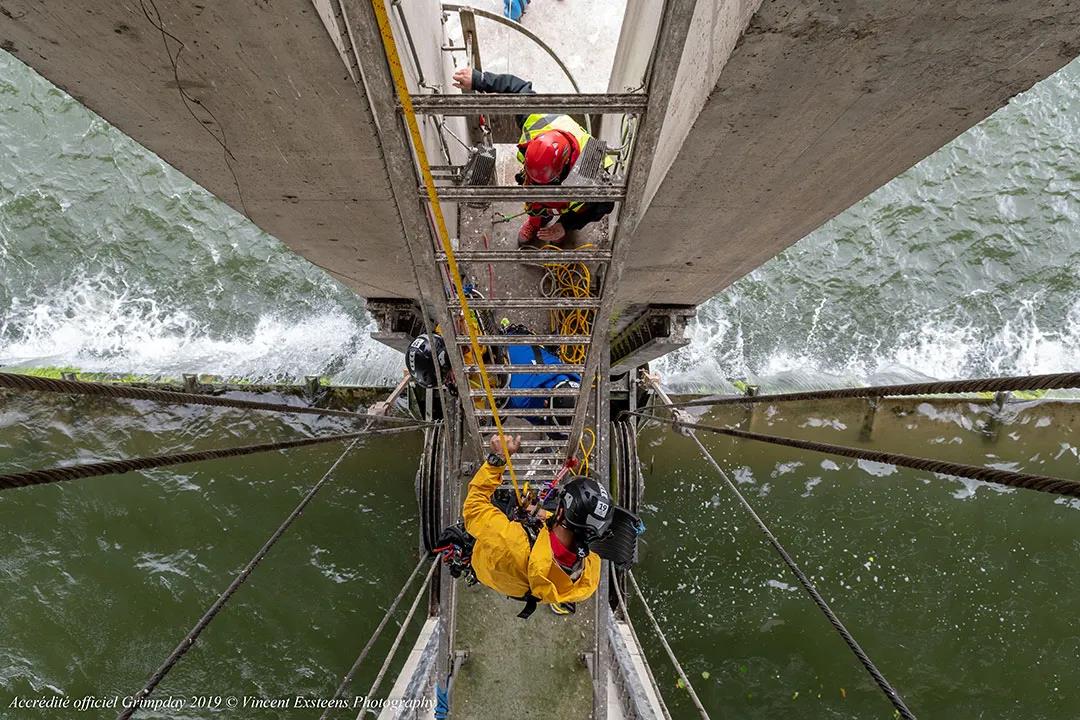
6. Ranking 排名
Ranking is part of a challenge, but it is not the aim of it. This must be a motivation factor, no more.
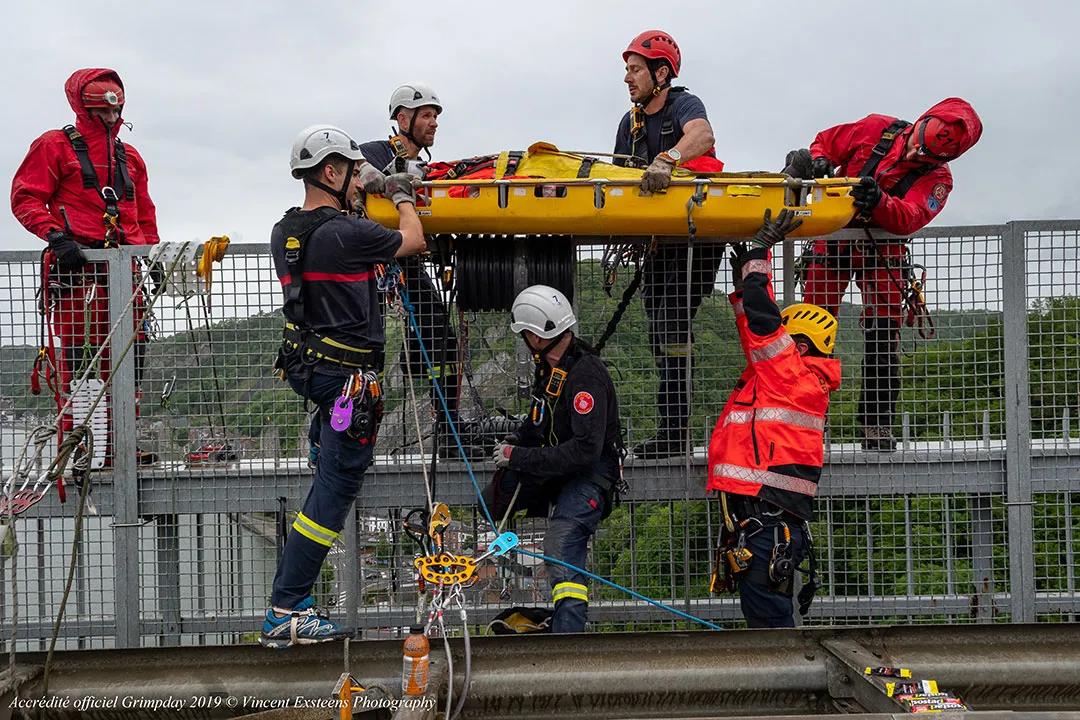
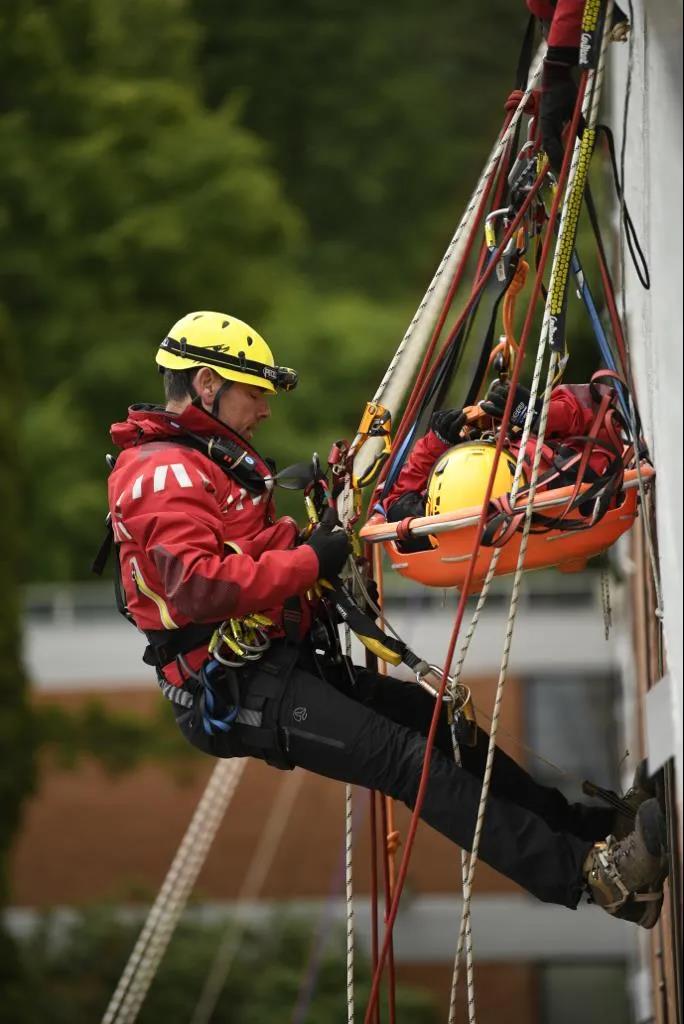
Summary and Philosophy 总结和理念
交流和学习。我们都是消防员,工作中很多方面面临着风险,我们希望在任何地方都能将风险降到最低。我们都是绳索救援家庭中的一员,GRIMPDAY的最终目的不是为了表演,而是为了更好的能力提升、技术精进、知识扩充,为了提高安全系数去解救伤员。
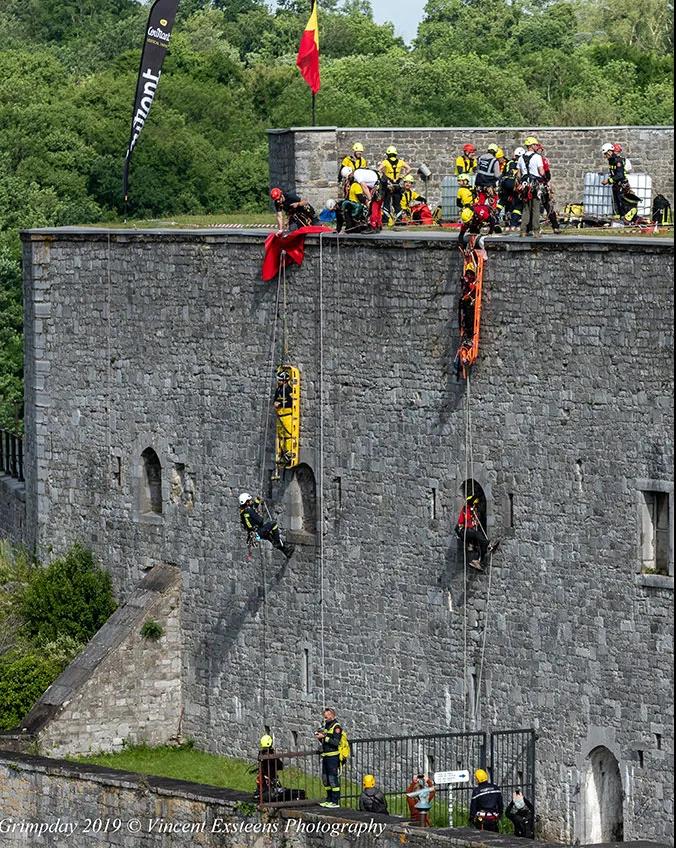
The growth of Grimpday to the international lets us see many technics and wider the range of our experiences. It makes us better.
If you got to sleep knowing more than you did in the morning, you've done the right thing.
I hope you gonna share this feeling tonight.
随着Grimpday在国际上的发展,我们得以看到了更多的技术和更广泛的经验,这也帮助我们变得更好。
如果每晚入睡前你发现懂的东西比早上更多了,那就证明你做对了。
希望你今晚也会有这样的感觉。


The blockbuster exchange competition most concerned by China's rescue and fire protection circles will be presented to the world again!
And where did the name Grimpday come from?
Why did Grimpday quickly grow into a rescue 'Olympic'?
Here, the editor invites the founders of the event to share Grimpday's present and past lives for us!

foreword
It is the acronym for Groupe de Reconnaissance et d’Intervention Milieu Périlleux (it comes from France), Group of recognition and intervention in hazardous environment.
它是“识别和干预危险环境工作小组”的首字母缩写:Groupe de Reconnaissance et d’Intervention Milieu Périlleux (源于法语)。
GRIMPDAY is a concept not a commercial brand, there is no Mr. Grimpday, the men change the concept stays. There has already been at least 3 different organisation teams. It is tiring, time consuming but rewarding!
GRIMPDAY是一个概念,不是一个商业品牌,也没有一个叫GRIMPDAY的人,但存在改变这个概念的人。目前我们已经有至少3个不同的组织团队。这很累也很费时间,但很值得!

1. Situation before Grimpday. Grimpday诞生之前
在2006年,那慕尔的消防队员都由市政府管理。关于绳索救援,我们处于两个不同的领域:一是工业领域的在绳索技术(IRATA),二是军队领域使用特定绳索技术。对此,我们必须找到适合消防员救援使用的技术。而每个消防站都在采用最适合自己的技术进行工作。


2. History 历史
In 2006 started as a local-national challenge between firefighters, military and police. There were 12 competing teams, only from Belgium. In 2007 that number rose to 15 with the first foreign teams, 2 Uks. In 2008 teams from close neighbor countries took part to the challenge (UK, France, Italy, Spain, Germany, ...)
2006年,Grimpday以一场在本国当地的消防员、军人和警察之间的挑战赛拉开序幕。当时只有来自比利时的12支参赛队伍。2007年,参赛队伍数量上升到15支,并且有了外国团队的加入——2支英国队伍。2008年,来自邻国(英国、法国、意大利、西班牙、德国……)的队伍参加了比赛。
In 2009 The number of participants grew to 30 with countries from all over Europe (Finland, Poland, Czechoslovakia, Slovenia, Romania ...) This went on with always growing success and the limitations of participants due to the difficulty of organisation.
2009年,来自欧洲各国(芬兰、波兰、捷克斯洛伐克、斯洛文尼亚、罗马尼亚……)的参赛队伍增至30支。赛事活动举办得越来越成功,但是也因为赛事组织的难度一直限制着参赛队伍的数量。

In 2013 The first overseas Teams with Canadians and Brazilians. In 2014 The first Asian Teams was from China, Hong Kong and Taiwan. In 2015 Japan was also represented and so it went on till this year.
2013年,我们迎来了加拿大和巴西的参赛队伍。2014年,首批亚洲队伍——来自中国香港、台湾的队伍参与了这项赛事。2015年,日本也开始派出队伍参赛并一直持续参赛到今年。
In 2022 it will be the 17th anniversary of the Grimpday!
2022年将是 Grimpday 成立17周年!

3. What to do ? 应该做什么?
How to ? A lot of work !
如何做?工作繁多!

What type of scenarios, where to locate it.
Risk assessment, safety lines and material for the organisation to react in case of an incident.
Informing the emergency service of the event the locations.
Authorizations from owners, authorities to use different locations, buildings, monuments.
Testing the scenarios for timing, feasibility,
Enough room for multiple lanes. How many teams ?
Evaluation sheet
风险评估、安全线和组织方应对突发事故的物料。
知会紧急服务机构赛事地点。
获得各地点业主的授权使用场地,如建筑物,纪念碑。
测试场景的耗时长短、可行性
可容纳多条车道的空间。参赛队伍的数量?
评估表

Controllers ; from the team mixed with another team, able to give points or not.
Freezing of the timing and crossed check from Team Leader, External controller and Station Director, before sending victim on the ropes.
评核员:对于混杂的队伍,如何评分
在将伤员挂上绳索之前,停止计时,领队、外部评核员和站长进行交叉检查。

4. Rules : Safety is prevalent. 规则:安全为上
What is safe what is not ?
Limiting life hazard, always on 2 ropes, because 2 ropes is better than one.
We now use what we call « the whistle and scissors test »:
Whistle: at any given time at a whistle all the members of a team must loose their hands and should not lead to any fall.
Scissors: at any given time if we cut one of the ropes nobody should fall.
什么是安全的,什么是不安全的?
降低风险,采用双绳系统,因为双绳优于单绳。
我们现在采用的是《口哨和剪刀测试》
口哨:任何时候,只要一声哨响,队伍的所有队员都必须松开双手,松开后不应该出现下坠的情况。
剪刀:任何时候,我们剪断任何一根绳子,不会出现人员坠落的情况。
Fair play from the competitors is a must... no cheating (so many ways!).
Equity from the organization is a must (enough time to complete all stations, same difficulty level, same briefing, same control...)
参赛队伍竞争需要公平竞争,不能作弊(毕竟有这么多方法!)
组织机构会确保给参赛队伍公平的待遇(确保有足够的时间完成所有工作站,同样的难度,同样的简报,同样的控制……)。

5. Gear evolution 装备变化
There is a new trend, the rope rescue is a new market for manufacturers. They create new specific gears. This continuous development, means we need to know as much gear as we can. As competitors or controllers, we are confronted to different types of gear and have to be able to know how to use it purposely. This is also very important in the organization of the Grimpday.
目前出现一种新的趋势,绳索救援(产品)成为制造业的新兴市场。制造商们创造了新款特有的设备。设备的不断更新意味着我们要不断地认识更多的设备。作为参赛者或者评核员,我们需要面对各种不同的设备和学会正确的使用方法。这对Grimpday组织来说也是很重要的一块。

Using the right ropes (Japan) and gear that suit your course and work. This also means we need to trust our gear otherwise this lead to safety issues.
For example, a pulley must not be doubled (to counter an axis break), this is non sense and it leads to tricky and unclear fittings, which could lead to safety issues. The same for the carabiners, one is enough (no double needed).
A victim in a stretcher with a lanyard is ok, the stretcher is one point, the second one is the lanyard, there is no need for a second one.
使用符合你的课程和操作的绳子(日本)和设备。这意味着我们需要信赖所使用的装备,否则会导致安全问题。
例如,滑轮不需要用2个(可能导致轴断裂),这不但没有意义而且会导致棘手和混乱的操作,也可能因此导致安全问题。这对于锁也是一样,一个就足够了(无需两个)。
担架中的伤员可戴牛尾绳,担架是其中一个点牛尾绳是第二个点,无需另一条牛尾绳。
比赛,名次和理念

6. Ranking 排名
Ranking is part of a challenge, but it is not the aim of it. This must be a motivation factor, no more.


Summary and Philosophy 总结和理念
交流和学习。我们都是消防员,工作中很多方面面临着风险,我们希望在任何地方都能将风险降到最低。我们都是绳索救援家庭中的一员,GRIMPDAY的最终目的不是为了表演,而是为了更好的能力提升、技术精进、知识扩充,为了提高安全系数去解救伤员。

The growth of Grimpday to the international lets us see many technics and wider the range of our experiences. It makes us better.
If you got to sleep knowing more than you did in the morning, you've done the right thing.
I hope you gonna share this feeling tonight.
随着Grimpday在国际上的发展,我们得以看到了更多的技术和更广泛的经验,这也帮助我们变得更好。
如果每晚入睡前你发现懂的东西比早上更多了,那就证明你做对了。
希望你今晚也会有这样的感觉。


